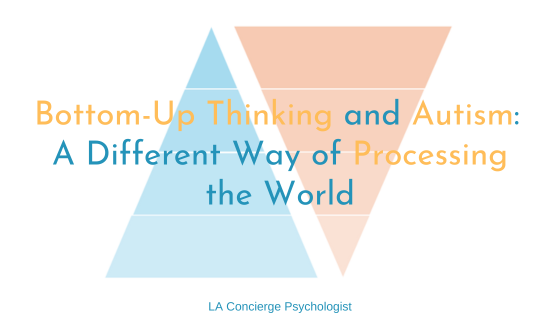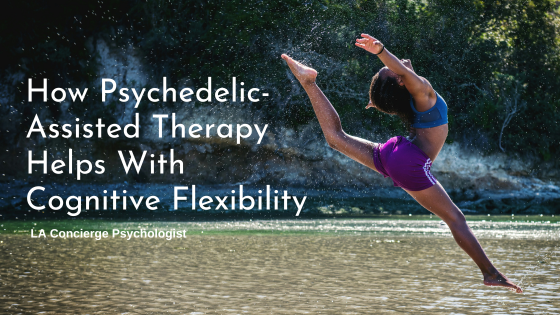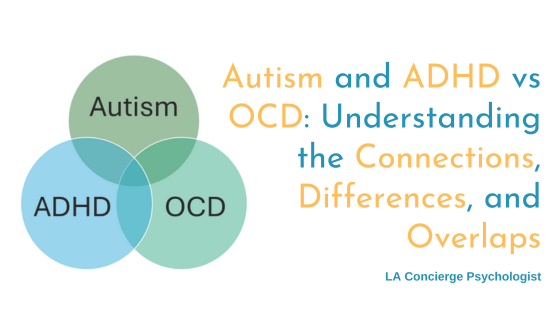Multiple studies explore the connections between race and autism. Researchers are still working on this question. One thing current data clearly tell us is that, while there isn’t a known biological link between a person’s race and autism, there is a major connection between someone’s race or ethnicity and their experience living as an autistic person.
Discrimination and stigma are common hurdles for most autistic people. When that stigmatized identity intersects with another, like being a person of color, those hurdles turn into major barriers. Race, prejudice, and autism intersect in a triangle of challenges that make it difficult for autistic people of color to get the support they need and the autonomy they deserve.
This article highlights how this discrimination impacts a person’s care, support, and safety from childhood onward. We must work to reduce harm, and address these problems in our communities.
Delayed Diagnosis for Racial and Ethnic Minorities
People from marginalized communities who suspect they or their children are autistic face significant barriers to diagnosis. Most current autism research is gathered from white, economically advantaged communities. This means that, when people of color present differently, early signs of autism may not be recognized until much later in life. Additionally, parents from communities of color might receive education about signs of autism that doesn’t accurately represent their child’s experience. This is a systemic problem. Statistics about racial bias and autism show white children are 19% more likely than black children and 65% more likely than Hispanic children to be diagnosed at an early age.
Language is also a frequent barrier to diagnosis. Many presentations of autism have nuances that might be hard to explain if the parent and the healthcare provider don’t speak the same native language. And, because of biased research, assessment tools still won’t provide the parent with the language they need to explain their child’s struggles.
Even when parents start the process, they will likely still have a long delay before a diagnosis. According to one study on race and autism, there can be a delay of three to five years. This means that children of color won’t have support during critical moments of development. This can have detrimental effects on their ability to develop coping strategies and systems later in life. This, in turn, makes it more difficult for them to find employment, housing, and other necessities.
Lack of Support for Autistic People of Color
If resources are in short supply in a community, an autistic person will face significant challenges getting the support they need. Schools and community centers in economically disadvantaged areas and areas with high levels of healthcare inequity frequently can’t provide the financial or systemic support that the autistic person needs.
Many institutions face this challenge because of long-standing racist policies that have taken resources from these communities. This leaves the autistic person without the resources necessary to live their life on their own terms. Autonomy and agency are important and are only achievable if someone has their basic needs met.
Providers are also notorious for dismissing the concerns of marginalized autistic people. Many don’t have the cultural sensitivity and awareness of their own racial biases to provide a safe space for autistic clients of color. People of color are severely under-represented in both the medical and mental health communities in general. This gap grows deeper and more problematic with autistic clients. It discourages people from using available resources; they don’t want to engage with a provider who makes them feel unsafe and unseen. When we combine that with the discrimination against autistic people in society at large, it creates a grim picture for physical and mental health support for marginalized autistic communities.
Increased Risk Of Harm
The risks for autistic people of color only increase outside of the medical realm. This is especially true with law enforcement. The last few years have shown us how dangerous police encounters can be for black, indigenous, and people of color (BIPOC individuals). A simple traffic stop can, and has, resulted in death.
This risk is significantly higher for autistic people from communities of color. Under stress, many autistic people have trouble communicating. This becomes a major problem during an encounter with law enforcement. If the police aren’t aware of the signs of autism, or if they just know the signs based on the white majority, the autistic person’s actions are likely to be misunderstood. For an autistic person of color, this can have deadly consequences.
Police usually don’t understand the communication difficulties brought on by stress, and they don’t understand meltdowns. When this happens, and the person is also a person of color, the police frequently react with violence. Multiple tragedies have appeared in the media over the last few years, and that’s to say nothing of the many others that never hit the news. Autistic individuals are already at a higher risk of bullying and abuse from both strangers and loved ones. But this risk skyrockets when a racist police force becomes part of the equation. Education must happen to protect autistic lives, but it isn’t happening fast enough. Some police precincts have instituted autism training, but current training methods aren’t having much of an effect. And, sadly, the training won’t have much impact if racial violence isn’t dealt with as well.
What Can Be Done?
Communities, researchers, and providers need to take steps to address the racial healthcare inequities around autism diagnosis and support. Providers need to learn more about how racism impacts the medical profession. They also need to understand racism contributes their individual biases. This is painful but necessary work if we want to support autistic clients from marginalized communities with the best possible care.
Autism research must include more diversity. If BIPOC experiences aren’t being represented in the data, millions of people will miss out on a diagnosis and the support that should follow. We need to elevate marginalized voices in academic and social spaces. Then we can better understand the different experiences people have and make sure they become part of the autism narrative. Everyone deserves consideration.
If the research starts incorporating BIPOC and other marginalized people, then community education becomes much easier. If parents know what features to look for when their children are young, then those children will have a better chance of avoiding the consequences of a delayed diagnosis and will get earlier support.
These shifts won’t change the terrible healthcare inequity we have in this country. Regardless, they are still necessary. If researchers, providers, and communities can come together to build more inclusive support systems, we can reduce discrimination and improve the experiences of marginalized autistic people.
Support for Autistic Adults of Color
If you’re autistic and a person of color, our adult autism specialists can provide you culturally-competent care in more ways than one. We understand the impact of intersectionality and are here to support you. Send us a message or book a free 20 minute consultation call with Dr. Barajas or Dr. Goldman.



